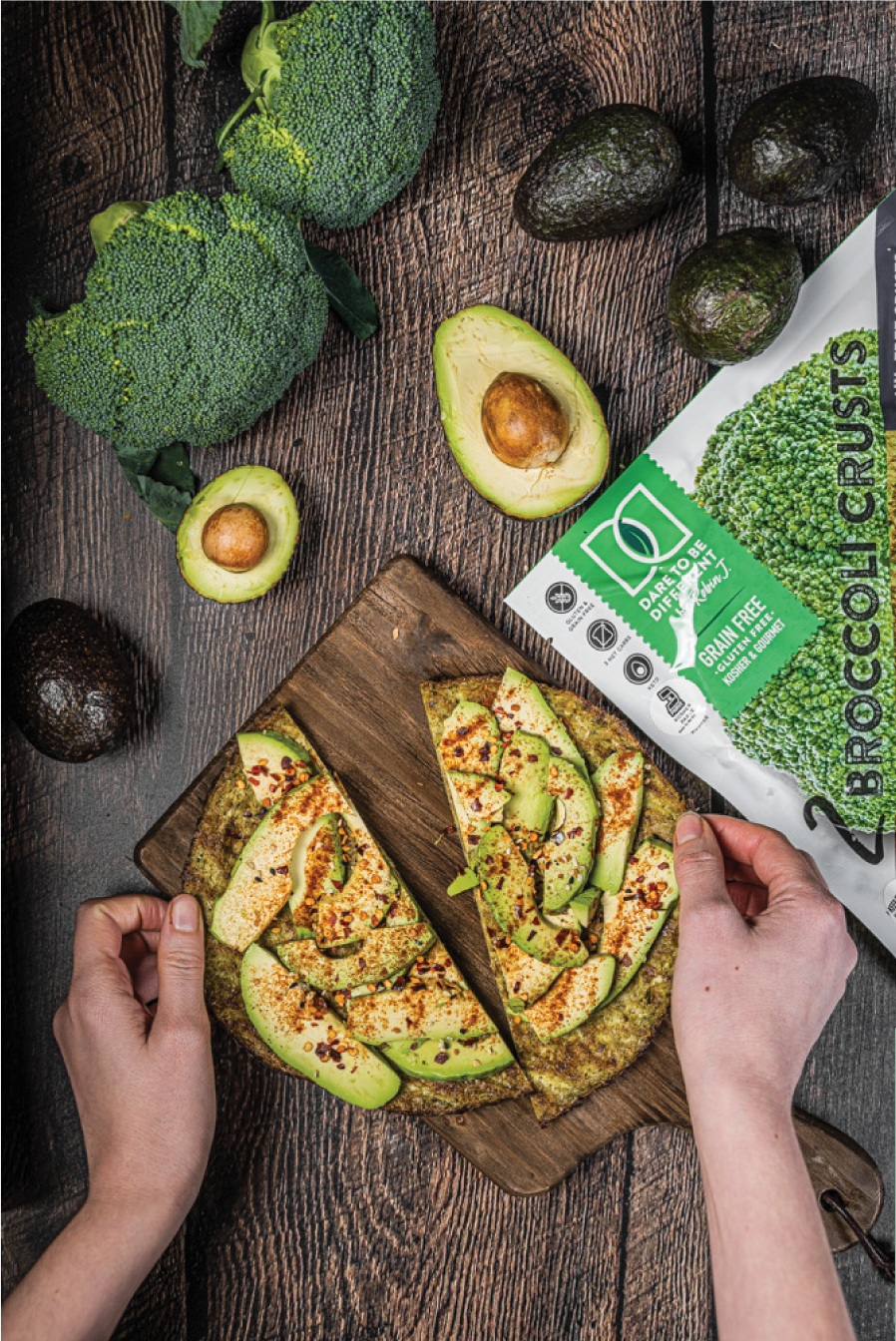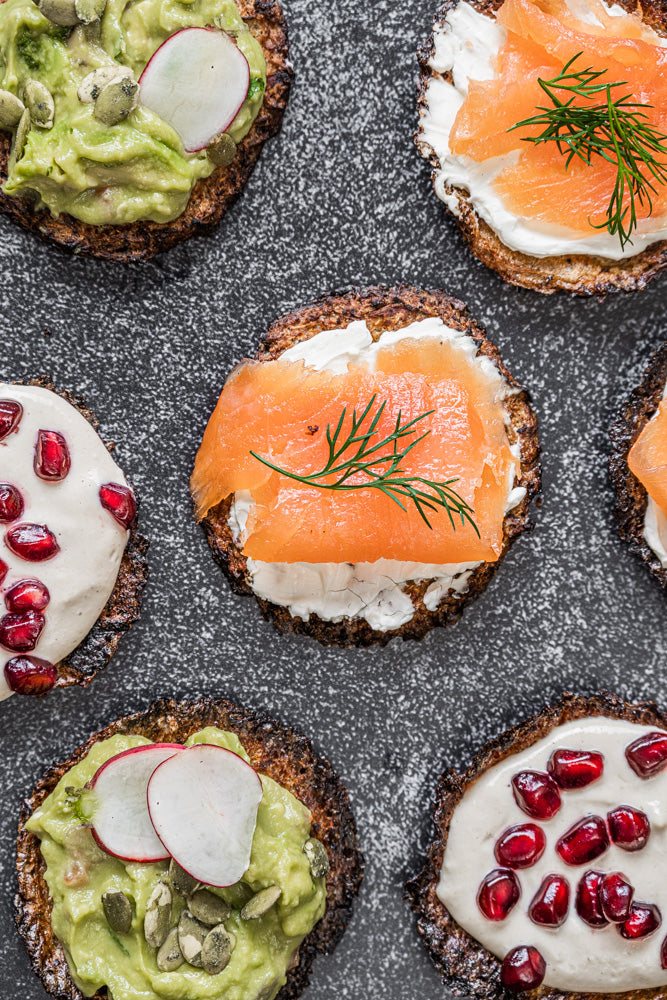Broccology 101
Today, we’re diving deep into all things cruciferous and—apologies to Kermit the Frog—it is easy being green. Broccoli had a tough time with PR in the 90s, but now it’s back and bigger than ever. You can dress it up as a side at a steakhouse, use it as a component of a hearty soup or mold it into a gluten-free base for pastas, crusts and crisps. Whether you grew up with stalks of broccoli in your hands or refused to touch the stuff—this one’s for you.

Origins of Broccoli
Brassica oleracea italica (otherwise known as broccoli) is a plant native to the Mediterranean. It was first engineered by the Etruscans as a relative to the cabbage in modern day Tuscany. Broccoli has been an important part of Italian cuisine for millennia, dating back to the Roman empire.
Over the years, broccoli has spiraled out of Italy, much like the impressive road system the Roman Empire used to conquer and control Europe. Broccoli was brought to England in the 8th century where it was less than affectionately known as “Italian asparagus”.
Broccoli in America
Broccoli wasn’t always a staple vegetable in the United States. However, its roots go deep.
One of the Founding Fathers, Thomas Jefferson, was a big fan of the fiber powerhouse. In fact, his love of broccoli is older than America! According to detailed notes (that would later be published as Garden Book), Jefferson first experimented with broccoli seeds at Monticello, his farm in Virginia, in 1767. Alas, it would be more than 150 years before the average American would share the President’s enthusiasm for this green vegetable.
In the 1920’s, Stephano and Andrea D’Arrigo, two brothers from Italy, began planting broccoli seeds in California. Thanks to the first refrigerated train cars, they were able to ship broccoli all the way from San Jose to Boston. What followed is a case study in marketing: the brothers named their company “Andy Boy” (after Stephano’s son) and poured money into radio and newspaper advertisements. Soon, the nation was going wild for broccoli. 100 years later, the D’Arrigo brand is still going strong.
Of course, the only reason some people talk about broccoli is to make fun of it. One of the first jokes to use broccoli as a punchline is a famous cartoon from the The New Yorker written by E.B. White. The joke was so popular, the only real comparison for it is an old-fashioned meme. The author of Charlotte’s Web may not have enjoyed his vegetables, but maybe no one told him about how one cup of raw broccoli contains more than 100% of your recommended daily value of Vitamin C!

Health Benefits of Broccoli
Your parents weren’t kidding when they said to eat your broccoli if you want to grow big and strong. This unassuming little flower—yes, broccoli is a flower—contains notable amounts of fiber, protein, potassium, and Vitamins A, C and K.
Additionally, broccoli helps reduce inflammation and can even help prevent certain cancers. Other cruciferous vegetables (i.e. cauliflower, cabbage, kale, Brussels sprouts) have shown a similar ability to prevent chronic disease.
There are many different ways to enjoy broccoli—it doesn’t just have to be steamed! Our goal at Dare to Be Different is to bring healthy, delicious foods to as many people as we can. For young ones that are hesitant about eating their greens, we have broccoli crisps that you can load up with your favorite toppings or bring broccoli to your family pizza night!



